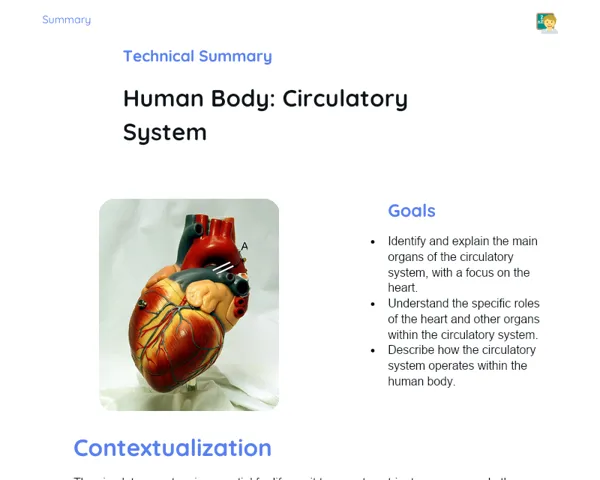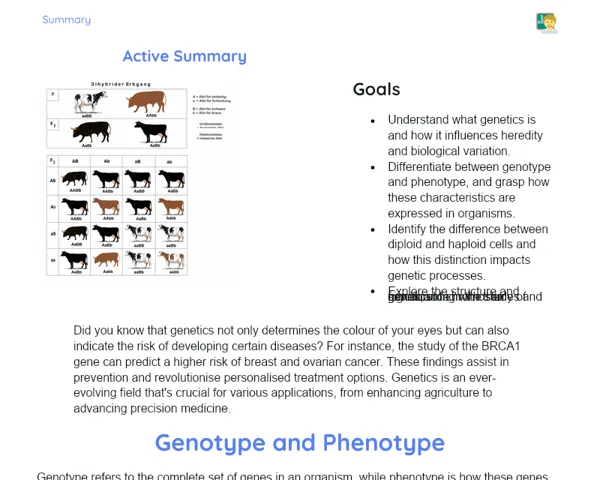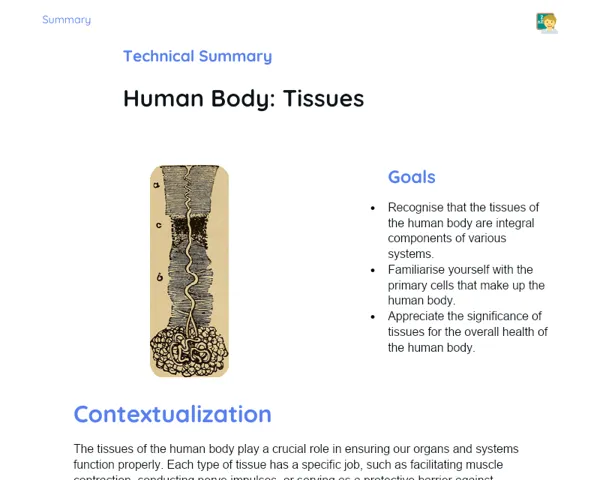Goals
1. Grasp the differences between carbohydrates and lipids.
2. Recognise the functions of lipids and carbohydrates in our bodies.
3. Identify how carbohydrates and lipids are formed and their basic structures.
Contextualization
Carbohydrates and lipids are key macronutrients necessary for our bodies to function properly. Carbohydrates are our body's go-to source for quick energy, while lipids are crucial for building cell membranes and storing energy long-term. For example, staples like bread, pasta, fruits, and veggies are packed with carbohydrates, while things like oils, butter, and nuts are high in lipids. It’s important to understand these components as they help us see how our bodies generate and use energy, as well as their role in our diets and overall health.
Subject Relevance
To Remember!
Carbohydrates
Carbohydrates are macronutrients that serve as our primary energy source. They are made up of carbon, hydrogen, and oxygen and can be split into monosaccharides, disaccharides, and polysaccharides, based on how many sugar units they have. Foods like bread, pasta, fruits, and vegetables are abundant in carbohydrates.
-
Monosaccharides: The simplest form of carbohydrates, consisting of a single sugar molecule like glucose or fructose.
-
Disaccharides: Created from two monosaccharides joining together. Examples are sucrose (table sugar) and lactose (milk sugar).
-
Polysaccharides: Made up of long chains of monosaccharides. Examples include starch (found in potatoes and grains) and cellulose (found in the walls of plant cells).
Lipids
Lipids are a varied group of organic compounds that include fats, oils, and sterols. They're essential for forming cell membranes, storing energy, and producing hormones. Foods like oils, butter, and nuts are rich in lipids.
-
Triglycerides: The most common form of lipids, made up of a glycerol molecule linked to three fatty acids. They serve as the primary form of energy storage in our bodies.
-
Phospholipids: Made from a glycerol molecule, two fatty acids, and a phosphate group; they are key components of cell membranes.
-
Sterols: Include compounds such as cholesterol, which is vital for hormone production and building cell membranes.
Functions in the Human Body
Carbohydrates and lipids are both critical for how our bodies work. Carbohydrates offer quick energy essential for brain and muscle functions, while lipids are necessary for long-term energy storage and forming cell structures.
-
Carbohydrates: Provide quick energy, assist in brain and muscle functionality, and aid in regulating blood sugar levels.
-
Lipids: Serve as long-term energy stores, structure cell membranes, and are essential for hormone production and absorbing fat-soluble vitamins (A, D, E, and K).
-
Nutritional Balance: It's essential to have a balanced intake of both carbohydrates and lipids for optimal health, helping to avoid chronic diseases like diabetes and heart conditions.
Practical Applications
-
Food Industry: Creating products that cater to consumers' nutritional needs, like foods enriched with fibre and omega-3 fatty acids.
-
Pharmaceutical Industry: Developing medications that utilise lipids in that enhance absorption and effectiveness.
-
Nutrition and Dietetics: Designing balanced diets that consider the proper amounts and qualities of carbohydrates and lipids for preventing disease and promoting health.
Key Terms
-
Monosaccharides: Simple carbohydrates with a single sugar molecule, like glucose and fructose.
-
Disaccharides: Carbohydrates made by the union of two monosaccharides, such as sucrose and lactose.
-
Polysaccharides: Complex carbohydrates made from long chains of monosaccharides, like starch and cellulose.
-
Triglycerides: The most prevalent form of lipids, containing a glycerol molecule linked to three fatty acids.
-
Phospholipids: Breakdown of cell membranes composed of glycerol, fatty acids, and a phosphate group.
-
Sterols: A type of lipid that includes cholesterol, which is crucial for hormone production and structuring cell membranes.
Questions for Reflections
-
How does cutting out carbohydrates from one's diet impact energy levels and physical performance?
-
What role do phospholipids play in building cell membranes and how does this affect cellular functionality?
-
In what ways can different diets (such as low-carb and keto) influence the balance of carbohydrates and lipids in the body, and what could be the long-term health implications?
Practical Challenge: Evaluating the Role of Carbohydrates and Lipids on Diet
This mini-challenge is designed to help consolidate an understanding of how carbohydrates and lipids influence our diet and overall health. You will analyze the nutritional content of a meal and think about its health impact.
Instructions
-
Select a complete meal (breakfast, lunch, or dinner) and list all the foods included.
-
Investigate the nutritional values of these foods, focusing on the carbohydrates and lipids present.
-
Calculate the total carbohydrate and lipid content of the meal.
-
Reflect on the balance between carbohydrates and lipids in this meal. Is the meal well-balanced? What changes could enhance its healthiness?
-
Prepare a brief report (1-2 paragraphs) summarising your findings and reflections, highlighting why balancing carbohydrates and lipids in our diet is crucial.



